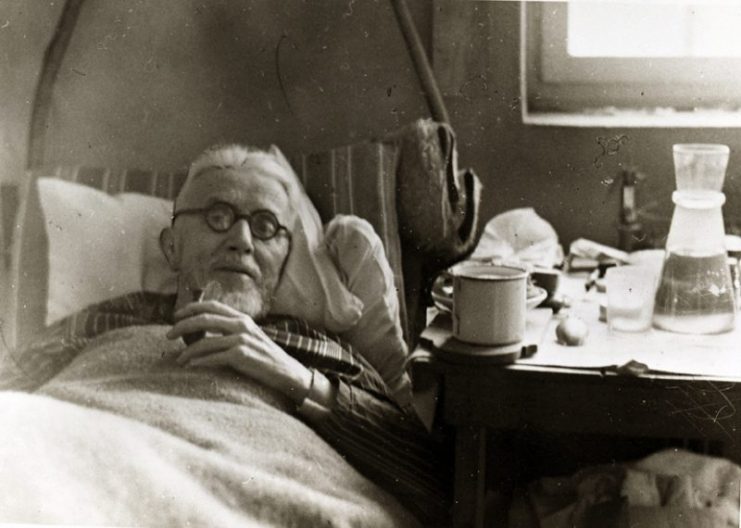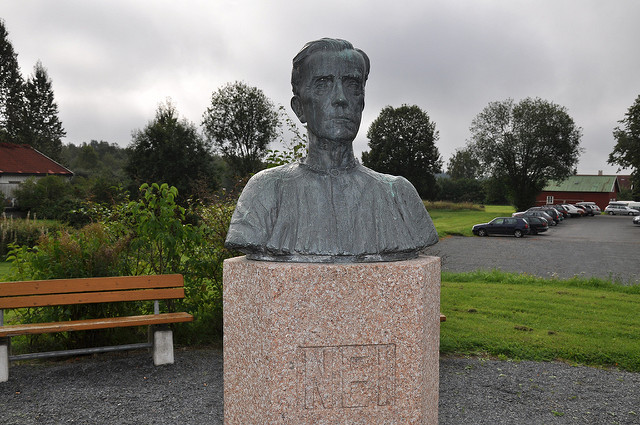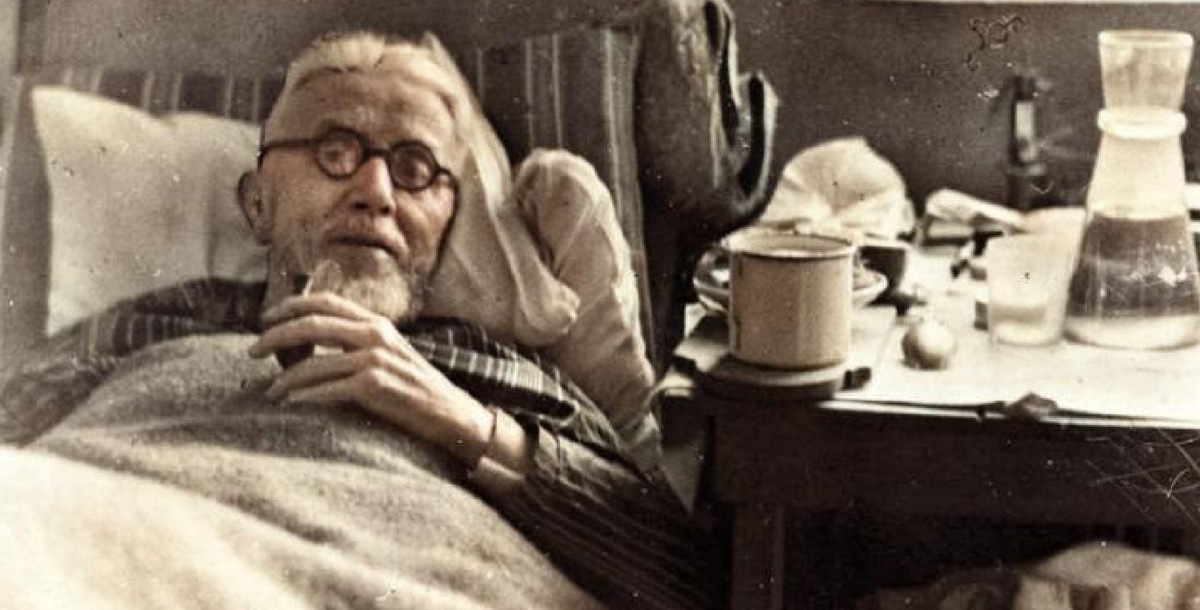Lauritz Sand entered Norwegian history as the man whose name became synonymous with the saying “Tough as nails.” Sand gained his reputation during WWII when, as a member of the resistance, he was captured by the Germans and endured horrific torture by them from 1941 until his release in 1945.
The resistance fighter who was to become the symbol of defiance to the Norwegian people spent his pre-war years in the Dutch East Indies. There he lived with this wife, Annie Elisabeth Maria Moll, who was a Dutch citizen.
Although he studied architecture and showed an interest in the art of sculpting, Sand turned his life around when he began to pursue a military career in the Dutch Asian colonies. As an officer of the Royal Dutch Navy, he got the chance to use his knowledge in mathematics by participating in various survey and geodetic assignments within the Navy.
He became skilled in topography, subsequently mapping the numerous islands in the Indonesian archipelago. During WWI, Sand also participated in various intelligence operations, working with the British secret service.
Sand retired from the Navy in 1906 and went on to become a plantation owner, which was a lucrative business option for him. Between 1922 and 1940, he held the very esteemed function of a superintendent for the Anglo-Dutch Plantations.
In 1938, Sand decided to return to his homeland, and less than two years later, Norway was invaded by Nazi Germany. The country fell within two months, despite British involvement and fierce pockets of resistance from the Norwegian Army and Navy.

Vidkun Quisling, whose name became a byword for ‘collaborator’ or ‘traitor,’ headed the government under the Nazis. In the first year of the occupation, the disgruntled people of Norway lived in fear, without a well-organized resistance movement.
Lauritz Sand, who was by then 62-years-old, considered it his duty to use his military experience in pioneering the Norwegian resistance movement. He revitalized the XU organization, (X for unknown, U for undercover), a spy ring initially founded during WWI in the Dutch Indies.
Using his British contacts, Sand established himself as a prominent figure within the resistance in Norway, together with army officers, Major John Hagle and Captain Eivind Hjelle. The XU organization was tasked with drawing maps and acquiring information for the British.
The group was vulnerable to infiltration, as the Quisling government together with the German military intelligence service, the Abwehr, were keen on suppressing any form of resistance in Norway. Sand fell victim when he was turned in by Abwehr agent Laura Johannesen in 1941, who had positioned herself as a candidate for the group before she revealed her identity.
Sand was arrested with compromising documents which proved his involvement in the resistance. It was also known to his captors that he held a high status in the XU hierarchy. Hagle and Helle were also hunted, but they managed to escape to Sweden and then to London. The XU ring was all but destroyed, and Sand was about to become the “most tortured man in Norway.”
He was taken to the infamous Gestapo Headquarters in the Victoria Terrasse in central Oslo, where he was interrogated by the Chief Gestapo Officer, Siegfried Wolfgang Fehmer. Meaning, of course, he was heavily beaten and abused.

From there Sand was transferred to the notorious Grini Concentration Camp in the suburbs of Oslo. When brought in he was “more dead than alive,” as his fellow resistance fighter and prisoner, August Lange, noted. Sand had sustained severe injuries in his head and spine area, and both his arms and legs were broken.
However, he did not reveal anything to the Gestapo. Nobody was compromised. The Gestapo could not stand his defiance, so new, more violent interrogations followed. Sand’s refusal to cooperate landed him in isolation at Grini for most of the war years. Apart from being confined in Grini, the stubborn resistance leader was occasionally sent to Oslo’s central police station and jail or various hospitals after each session of torture he endured.
The only word Lauritz Sand uttered during all the years he was tortured was a simple and proud “No.”
Sand was scheduled to be executed on May 17, 1945, as a result of his long refusal to co-operate and betray his comrades in arms. Luckily, it never happened because the Nazis surrendered on May 8. Having survived such horrors left deep scars on Lauritz Sand ― both physical and psychological. Nevertheless, he worked with veterans after the war, helping them to cope with their own troubles.
Immediately after his liberation, the most tortured man in Norway was awarded the Knight of the Royal Norwegian Order of St. Olav. In 1952, a bust of Sand was made to honor his sacrifice. On it is inscribed “Nei,” meaning “No” in Norwegian. From the meticulous records kept by the Gestapo, it was learned that was the only word they got out of him during his years of brutal torture.
Lauritz Sand died in 1956, due to old age and as a consequence of the physical abuse which he had been subjected to.
